Best Times for Moving a Grandfather Clock
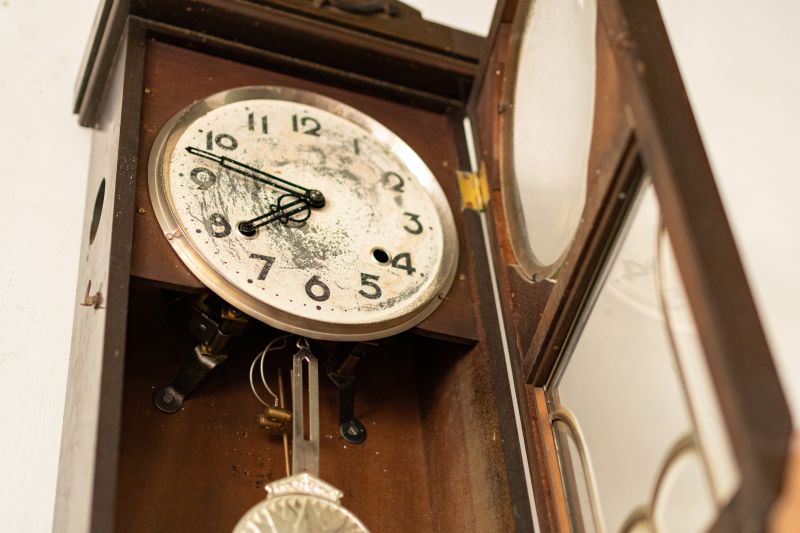
Ways to make Grandfather Clock Movings work in tight or awkward layouts.
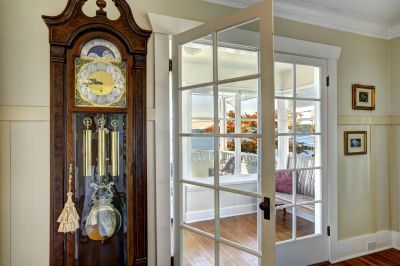
Popular materials for Grandfather Clock Movings and why they hold up over time.
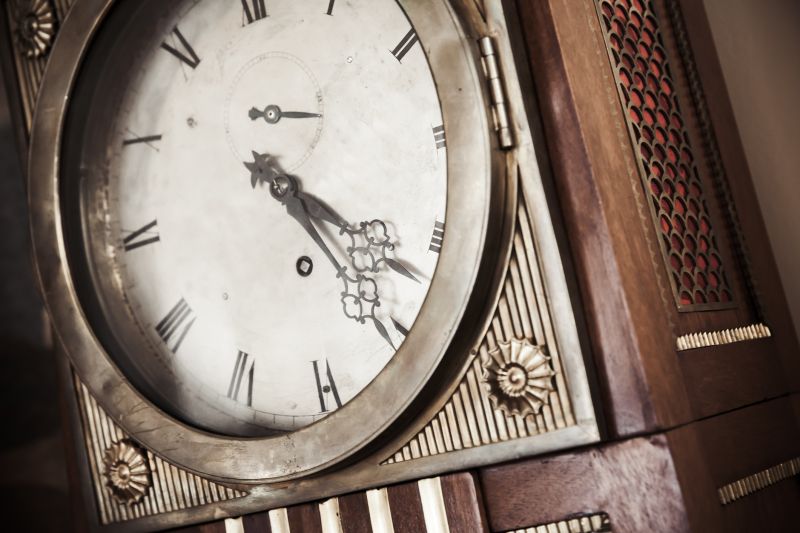
Simple add-ons that improve Grandfather Clock Movings without blowing the budget.

High-end options that actually feel worth it for Grandfather Clock Movings.
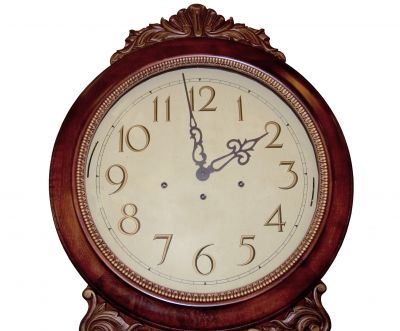
Finishes and colors that play nicely with Grandfather Clock Movings.
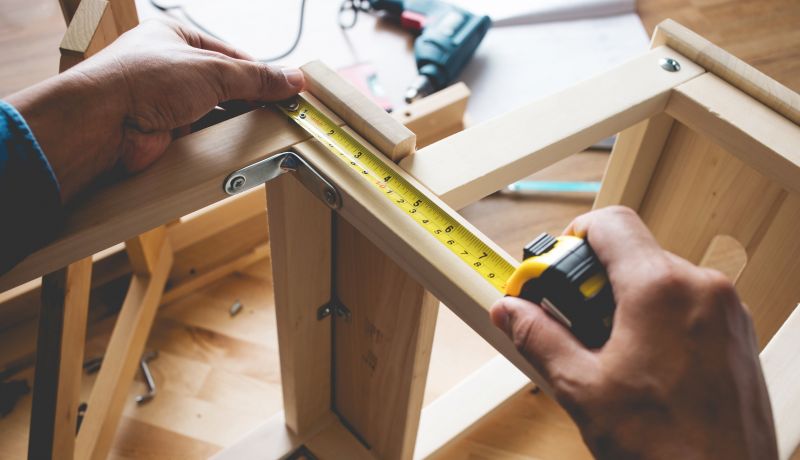
Little measurements that prevent headaches on Grandfather Clock Movings day.
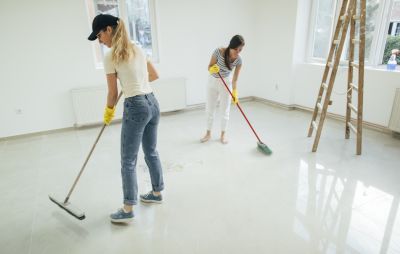
A 60-second routine that keeps Grandfather Clock Movings looking new.
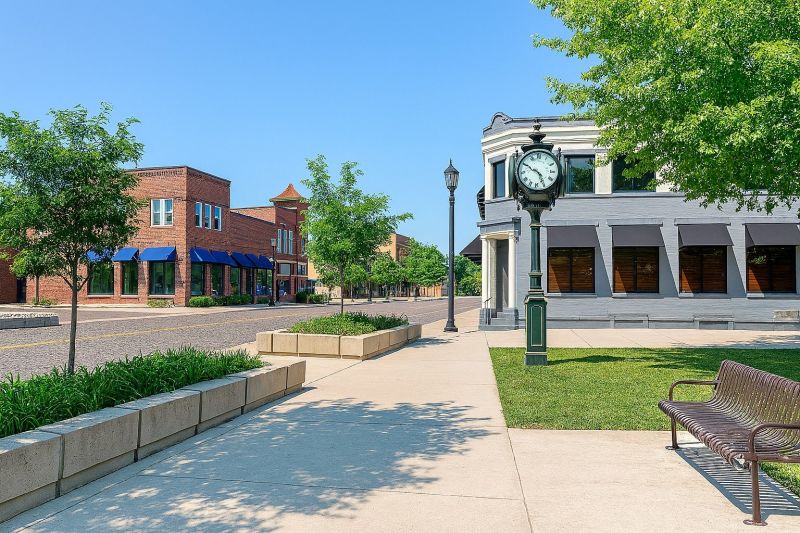
A frequent mistake in Grandfather Clock Movings and how to dodge it.
Grandfather clock movings require careful planning to ensure the preservation of the clock's accuracy and condition. Timing the move correctly minimizes potential damage and reduces the need for subsequent adjustments. Properly scheduled movings also help in avoiding periods of high humidity or extreme temperature fluctuations, which can adversely affect the clock's components.
Statistics indicate that the optimal time for moving a grandfather clock is during mild weather conditions, typically in spring or fall. These seasons offer stable temperatures and humidity levels, reducing stress on the clock’s internal mechanisms. Moving during these periods can decrease the likelihood of mechanical issues and prolong the clock's lifespan.
Spring and fall are recommended for grandfather clock movings due to moderate weather conditions.
Secure the pendulum, weights, and chimes to prevent damage during transit.
Use proper packing materials and secure the clock in a stable position during transport.
Allow the clock to acclimate for a few days before making any adjustments.
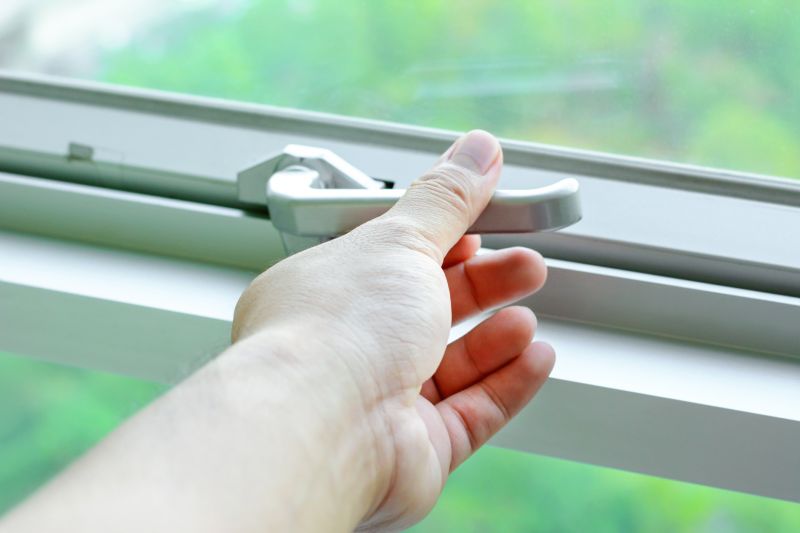
Small tweaks to make Grandfather Clock Movings safer and easier to use.
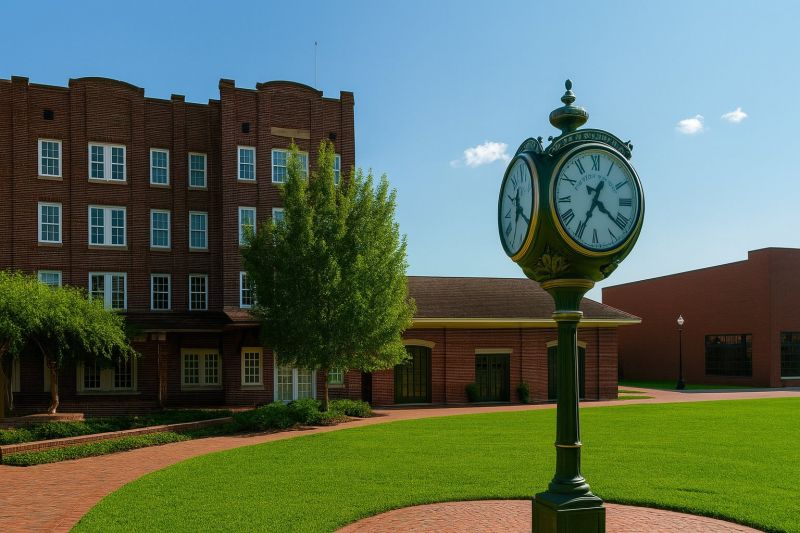
Lower-waste or water-saving choices for Grandfather Clock Movings.
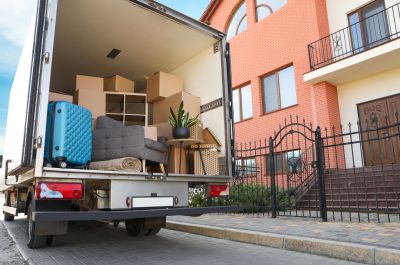
The short, realistic tool list for quality Grandfather Clock Movings.
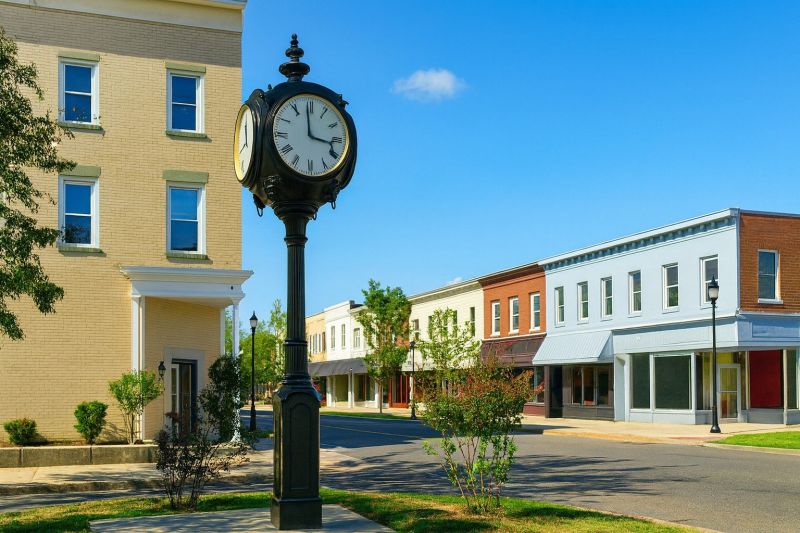
Rough timing from prep to clean-up for Grandfather Clock Movings.
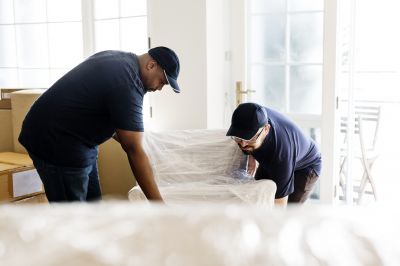
Quick checks and paperwork to keep after Grandfather Clock Movings.

Examples that show the impact a good Grandfather Clock Movings can make.
| Aspect | Details |
|---|---|
| Best Seasons | Spring and fall for stable weather conditions |
| Timing Considerations | Avoid extreme temperatures and humidity |
| Preparation Steps | Secure pendulum, weights, and chimes |
| Transport Tips | Use proper packing and stable positioning |
| Post-Move Care | Allow acclimation before adjustments |
